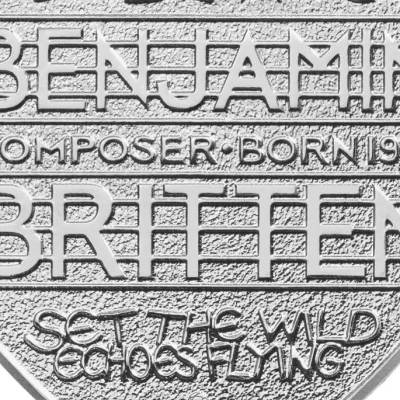Clunky machinery be damned – 3D printing is soon to become a great deal more versatile with the Lix pen, a device that will allow writing, sculpture and drawings to be created in mid-air.
At 12mm in diameter, Lix claims to be the world’s smallest 3D printing pen. While a host of other 3D printing tools are already on the market, the portable, hand-held gadget looks set to be one of the most sensitive and responsive, with speed control and a 0.6mm tip.
Plugged into a power source via a thin cable at its top (such as a USB port), the aluminium pen rapidly melts and cools coloured plastic filaments at, startlingly, over 200°C. Using a hot-end nozzle that takes 60 seconds to heat up, rigid and freestanding structures – be they jewellery, homeware, sketches or prototypes – can be formed by hand. The Lix pen is compatible with both ABS and PLA filaments, the two thermoplastics most commonly used for 3D printing.
In April its creators (industrial designer Anton Suvorov, design and technology enthusiast Ismail Baran, and Central Saint Martin’s fashion graduate Delphine Eloise Wood) took to crowd-funding website Kickstarter. By the end of May, the project surpassed its £30,000 target with £731,690 pledged.
The Lix pen is about to go into beta testing and will retail between September and October at around £85. It’s an accessible price point for its target consumer: the pen is marketed as both a professional tool and an advancement in artistic possibilities. However its significance lies in the uses that consumers – not its creators – are able to visualise, and how hard-wearing the pen will be in practice.
That the product was funded by the general public, rather than invested in or bought by a larger firm suggests that more finessed alternatives may soon reach the mass market and trump the Lix pen’s whippersnapper attempt at quotidian 3D printing. It also suggests that a broader and more marketable desire for affordable 3D printing technology does not exist outside its relatively niche circle of Kickstarter patrons – or that big companies have yet to recognise it.
Yet the game is afoot. CreoPop’s 3D pen reached its $40,000 target on rival crowd-funding website IndieGoGo last week and will continue receiving donations until 20 July. It is chunkier but less expensive, at about £46, and uses photopolymers that are solidified by UV light, instead of heat.
Once the technology cools and takes a reliable, user-sensitive form, the significance of such devices as artistic tools will be revealed.
Related Articles
‘Diverse Maniere: Piranesi, Fantasy and Excess’ at Sir John Soane’s Museum (Matilda Bathurst)
Printing Press: 3D Printing (Camilla Apcar)
Controversy by Design: 3D-printed guns (Peter Crack)





